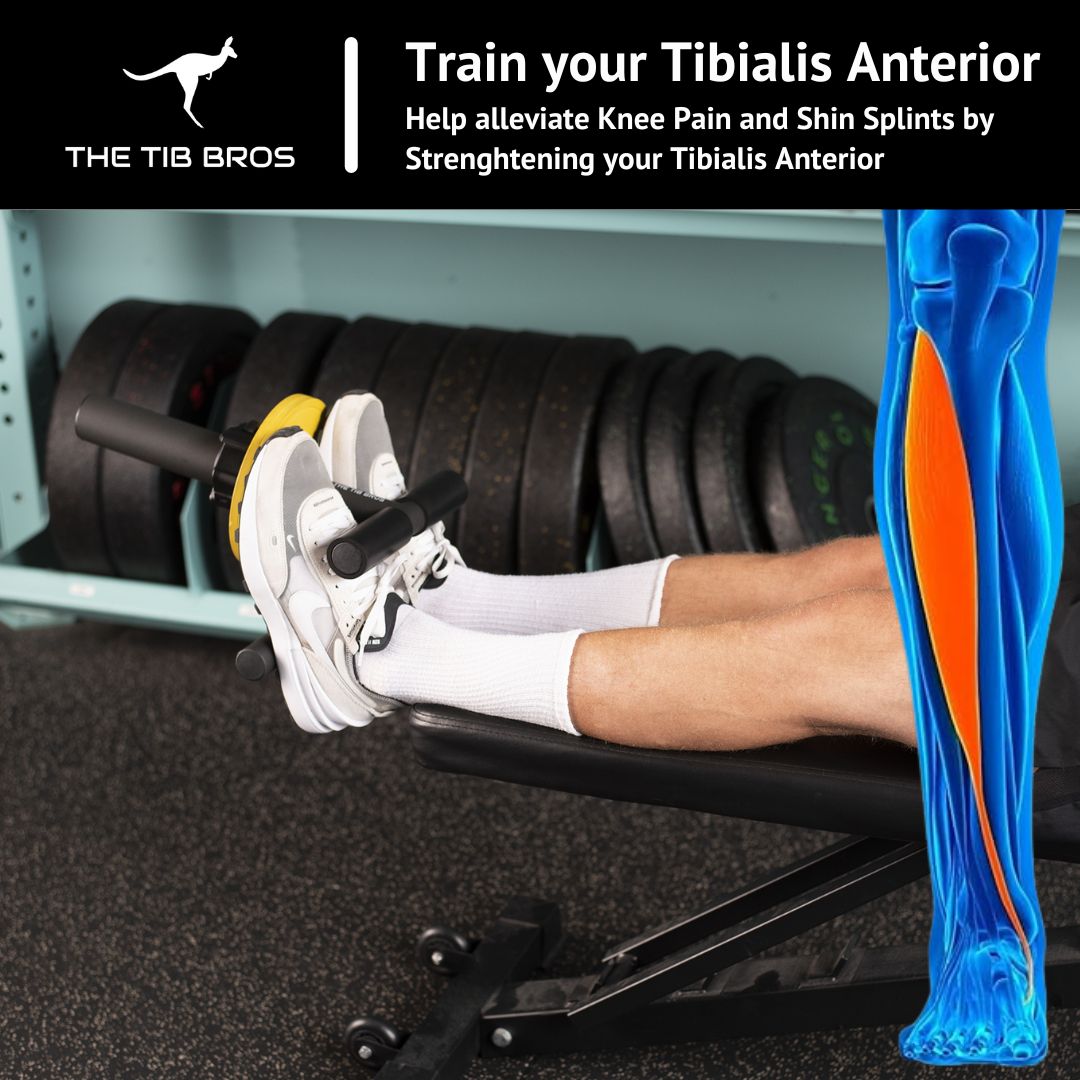Title: Strengthening Your Stride: The Benefits of Training Tibialis Anterior for Athletes
Introduction:
In the realm of athletic training, much attention is given to the muscles we see prominently flexing and powering through movements. However, some of the most critical muscles for performance are often overlooked. One such muscle is the tibialis anterior, a slender but mighty muscle located on the front of the shin. While it may not be the star of the show, training the tibialis anterior can offer a plethora of benefits for athletes across various disciplines. Let's delve into why giving this muscle some love can elevate your performance to new heights.
1. Injury Prevention:
First and foremost, strengthening the tibialis anterior can significantly reduce the risk of common lower leg injuries. This muscle plays a crucial role in stabilizing the ankle and foot, especially during activities that involve sudden changes in direction or quick accelerations. By building strength in this area, athletes can better protect themselves against issues like shin splints, stress fractures, and ankle sprains, which can sideline even the most dedicated competitors.
2. Enhanced Stability and Balance:
The tibialis anterior also plays a vital role in maintaining stability and balance, both of which are essential for optimal athletic performance. Strong ankles are less prone to rolling or giving way, allowing athletes to move with confidence and agility. Whether you're cutting through defenders on the soccer field or maintaining perfect form on the balance beam, a well-trained tibialis anterior can provide the foundation you need to stay steady on your feet.
3. Improved Athletic Performance:
Beyond injury prevention and stability, training the tibialis anterior can directly impact athletic performance in various ways. This muscle contributes to dorsiflexion, the motion that brings the top of the foot toward the shin. By increasing strength and control in dorsiflexion, athletes can generate more power and explosiveness in movements like sprinting, jumping, and cutting. Additionally, a strong tibialis anterior can help athletes maintain proper form and technique throughout their training, maximizing efficiency and minimizing energy wastage.
4. Rehabilitation and Recovery:
For athletes recovering from lower leg injuries or surgeries, targeted tibialis anterior exercises can be instrumental in the rehabilitation process. Strengthening this muscle helps rebuild stability and proprioception, allowing athletes to regain confidence in their movement patterns. As part of a comprehensive rehab program, tibialis anterior training can expedite recovery and reduce the likelihood of reinjury, enabling athletes to return to their sport stronger and more resilient than before.
5. Versatility and Accessibility:
One of the most appealing aspects of tibialis anterior training is its versatility and accessibility. Many exercises targeting this muscle require minimal equipment and can be performed almost anywhere, making them suitable for athletes of all levels and backgrounds. Whether you're in a state-of-the-art gym or training in your living room, incorporating tibialis anterior exercises into your routine is simple and effective.
Conclusion:
In the pursuit of athletic excellence, it's essential to pay attention to the often-overlooked muscles that play a crucial role in performance and injury prevention. The tibialis anterior may not always steal the spotlight, but its impact on athletic success should not be underestimated. By incorporating targeted exercises to strengthen this muscle into your training regimen, you can enhance your stability, reduce your risk of injury, and unlock new levels of performance on the field, court, or track. Strengthen your stride by giving the tibialis anterior the attention it deserves, and reap the rewards in your athletic endeavors.

Share:
Unveiling the Benefits of Backwards Sled Workouts in the Gym
The Remarkable Benefits of Training Nordic Curls